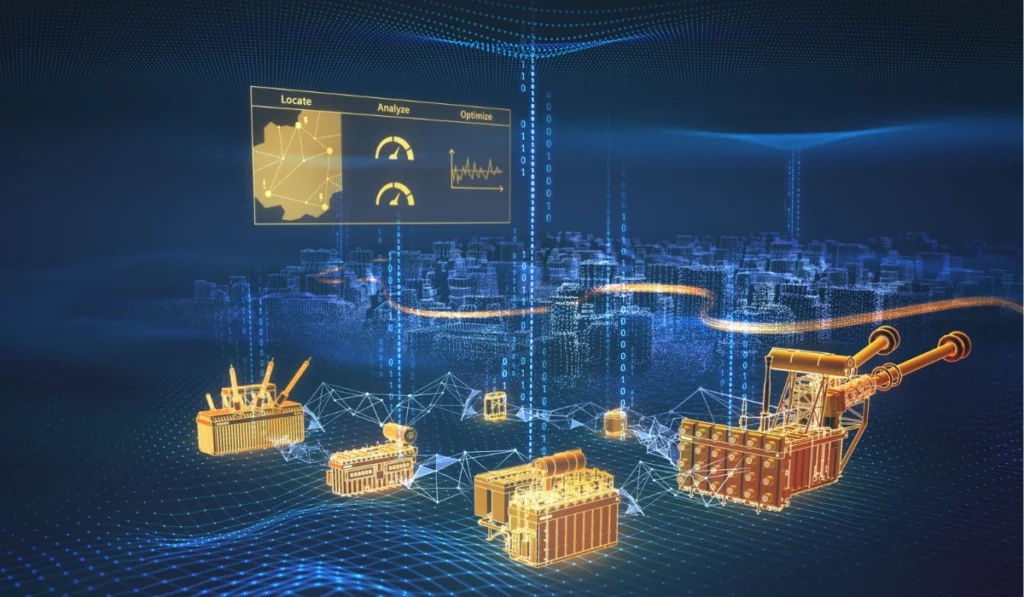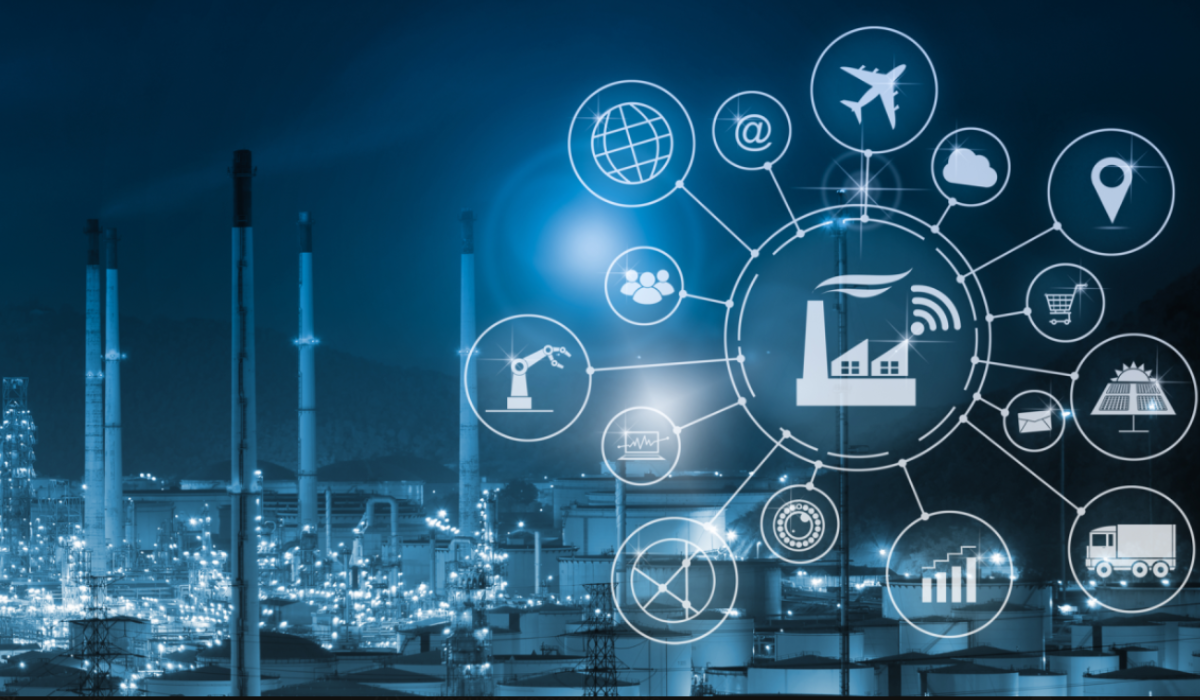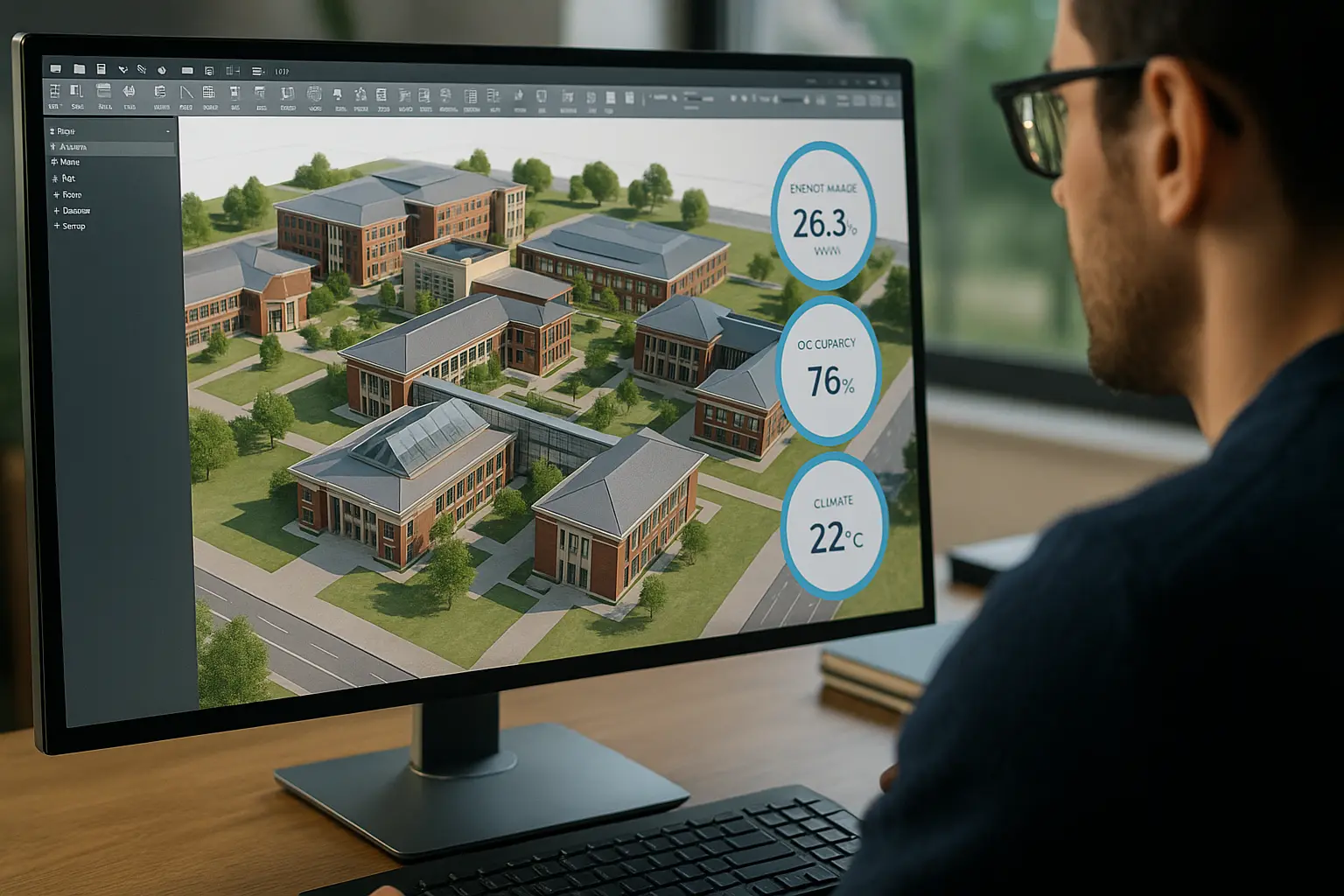Beyond the Physical: Digital Twins in the Metaverse
In the digital age, the metaverse and digital twins are transforming how we interact with the world. But what is the metaverse? How do digital twins work in the metaverse? What is their utility? Discover the answers in this article.

The metaverse is a 3D virtual space where users can interact and share information in real-time. On the other hand, digital twins are exact virtual replicas of real objects, processes, or systems, designed to simulate and optimize their behavior and performance. This technology, together, not only facilitates real-time model visualization but also provides a platform to conduct experiments and simulations that would be costly or risky in the physical world.
Integration of Digital Twins in the Metaverse
The integration of digital twins in the metaverse is revolutionizing various industries by combining technologies like virtual reality, augmented reality, accelerated graphics, and the Internet of Things (IoT). Here are some ways this convergence is happening:
Enhanced Visualization and Analysis
Digital twins in the metaverse allow for the exploration of 3D models, making it easier to understand complex structures and identify areas for improvement. This is especially useful in industries such as architecture and engineering, where the ability to visualize a project in its entirety can help foresee problems and optimize the design before construction.
Simulation and Experimentation
Real-time simulations allow for predicting the behavior of physical systems, optimizing processes, and evaluating hypothetical scenarios without risks. For example, in the healthcare industry, surgical procedures can be simulated on digital twins of patients, allowing doctors to practice and plan ahead, thus reducing the risk of complications during actual operations.
Real-Time Collaboration
Multidisciplinary teams can work together on shared digital twins, improving communication and decision-making. This capability is crucial in sectors like manufacturing and engineering, where collaboration between different departments and specialists can speed up product development and improve the quality of the final product.
Key Benefits of Digital Twins in the Metaverse
The use of digital twins in the metaverse offers numerous benefits:
Greater Innovation
They enable the exploration of new and disruptive ideas without the limitations of the physical world. This facilitates the creation of innovative solutions to complex problems, fostering a culture of experimentation and continuous improvement.
Faster Time to Market
Virtual testing and optimization reduce the time needed to bring products and services to market. Companies can quickly iterate on designs and processes, ensuring products are of high quality and reach the market faster.
Cost Reduction
Digital twins can identify inefficiencies, optimize processes, and reduce operational costs. This is particularly valuable in high-cost industries like manufacturing and construction, where even small efficiency improvements can result in significant savings.
Improved Decision Making
Real-time data and simulations allow for more informed and data-driven decisions. Executives can use this data to make accurate predictions and develop strategies that better align with market needs and conditions.
Considerations and Challenges
While the potential of digital twins in the metaverse is immense, there are some challenges:
- Interoperability: Standards are needed to ensure that digital twins from different sources can communicate and interact with each other. Without this interoperability, the value of digital twins is limited, as companies cannot fully leverage the advantages of total integration.
- Security and Privacy: Protecting sensitive data and user privacy are crucial aspects. Companies must ensure their digital twins are protected against cyber threats and that user personal data is handled with utmost care and compliance with privacy regulations.
- Access and Scalability: The technological infrastructure must support a large number of users and complex digital twins. This requires significant investments in technology and careful planning to scale operations without compromising performance or security.
The convergence of digital twins and the metaverse is opening up a world of possibilities for innovation. The ability to create detailed and realistic virtual representations of physical systems, combined with the immersive capabilities of the metaverse, allows companies to explore new ideas, optimize processes, enhance collaboration, and make more informed decisions. Although there are challenges regarding interoperability, security, and scalability, the potential of this technology is immense and poised to transform the future of innovation.
JOIN THE NEW REALITY!



